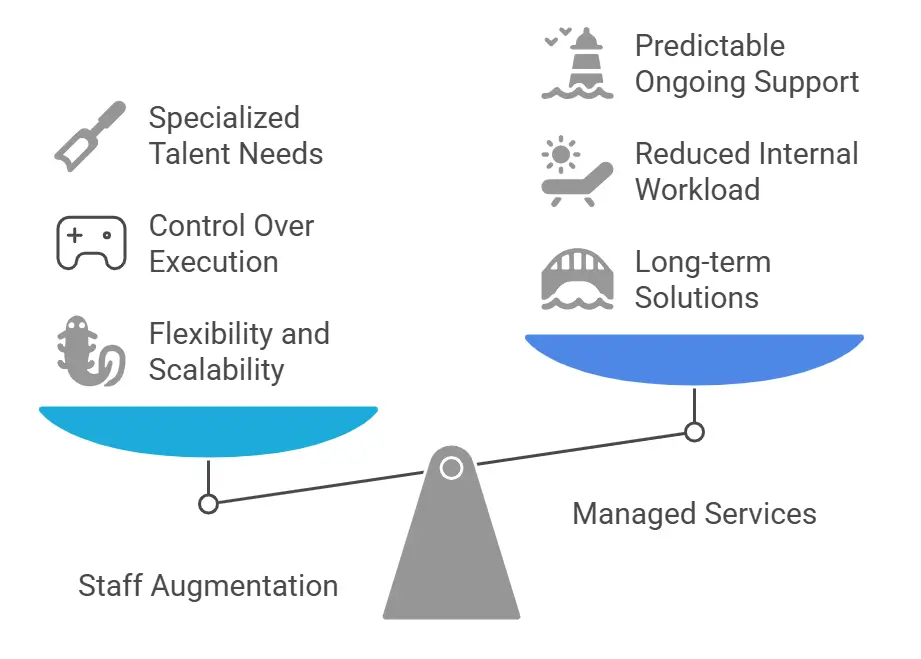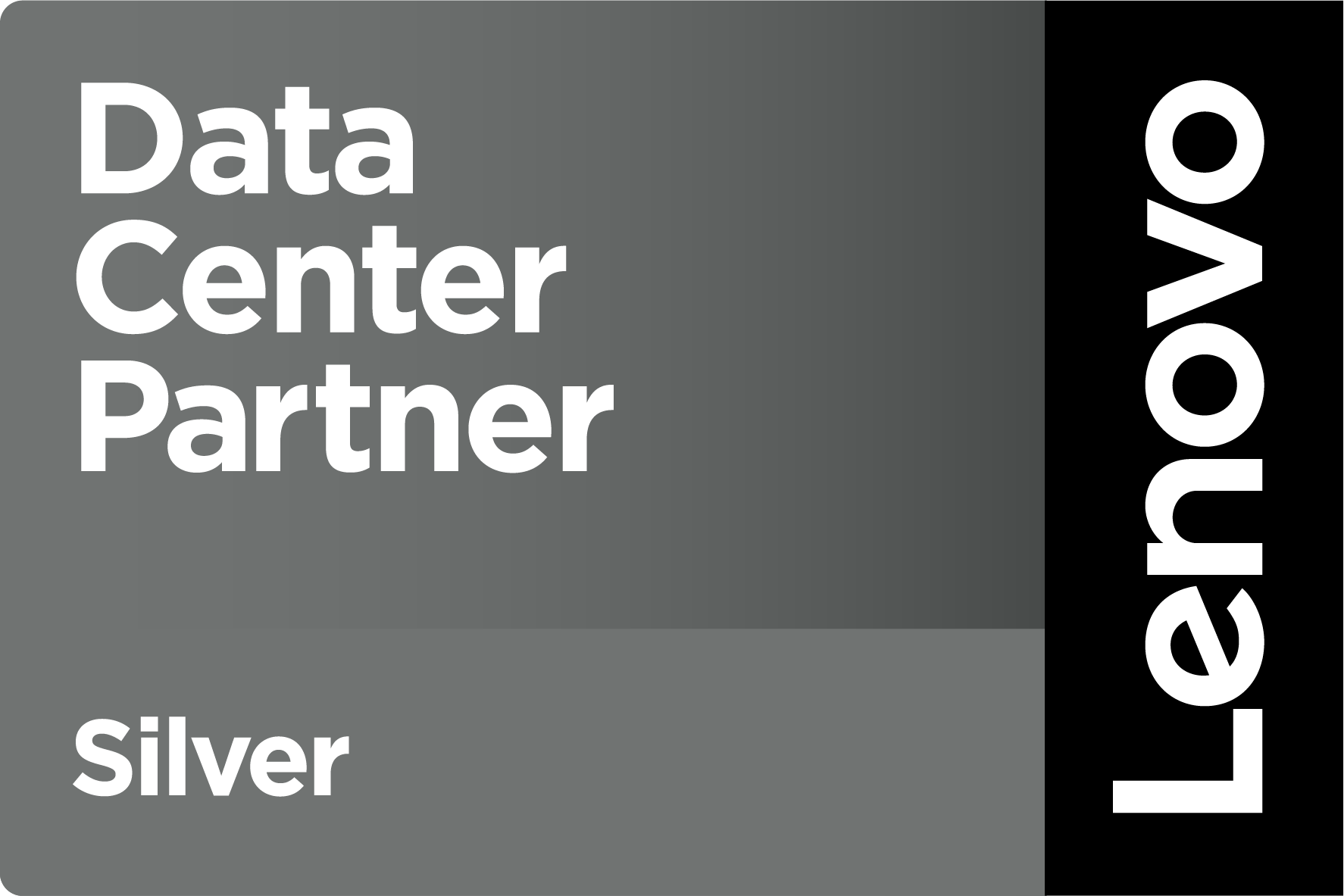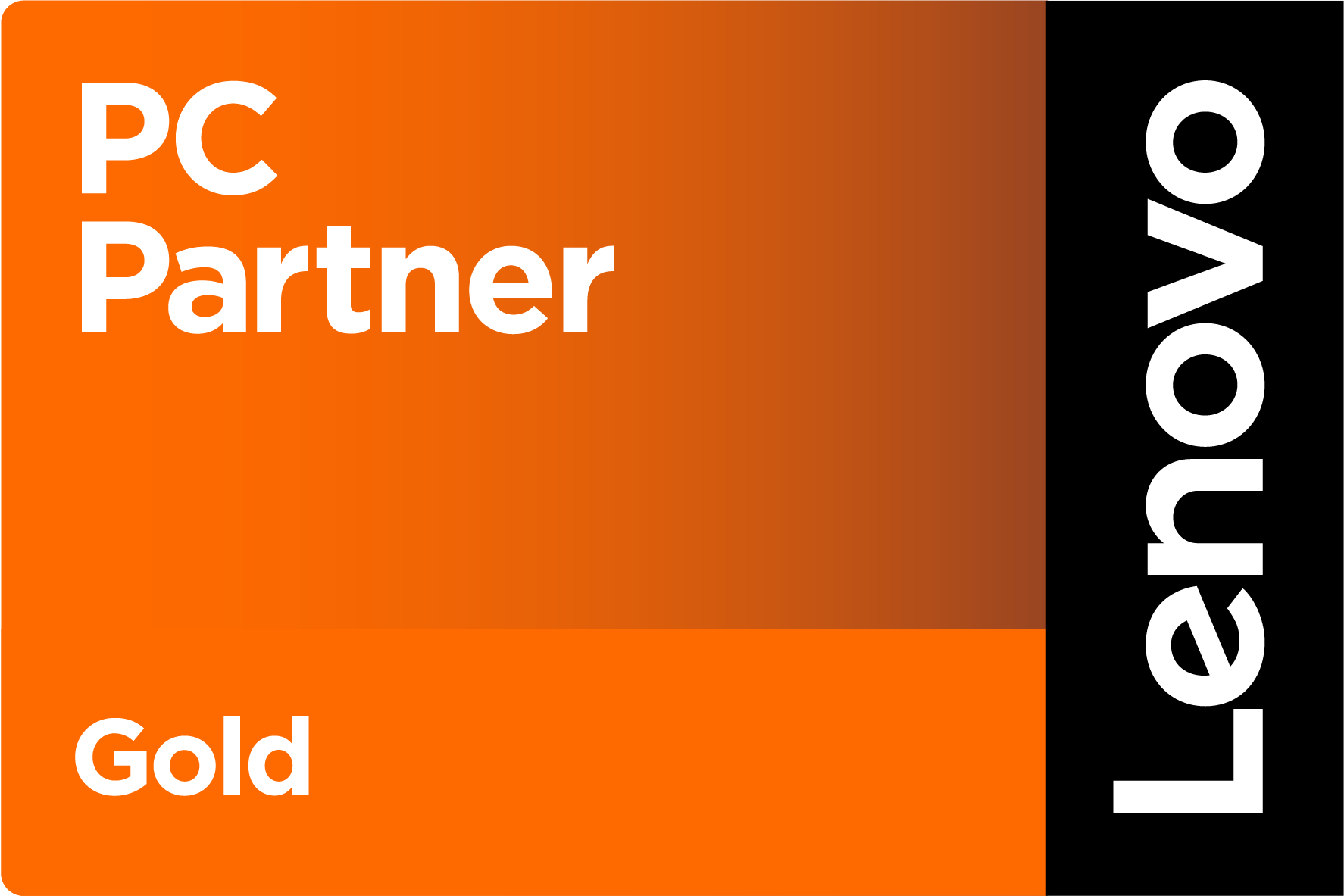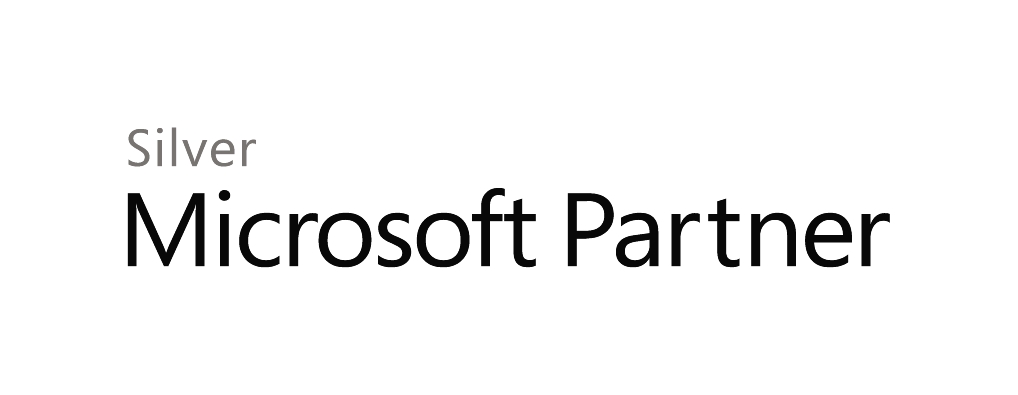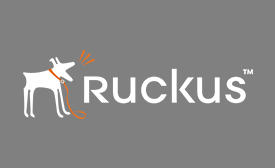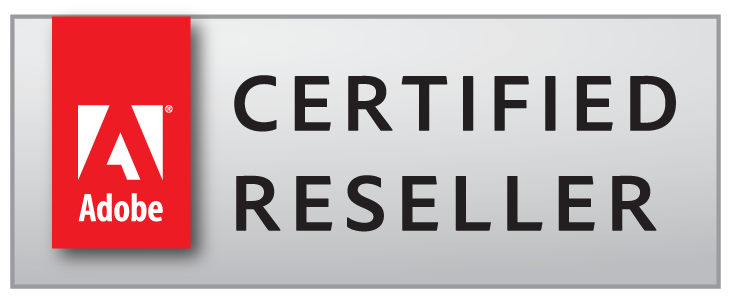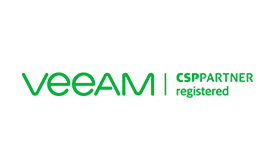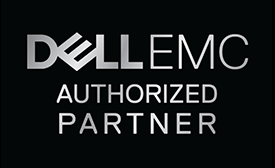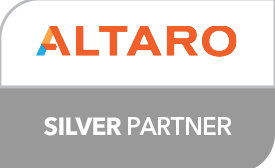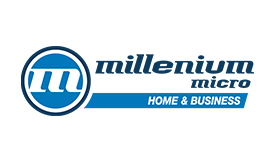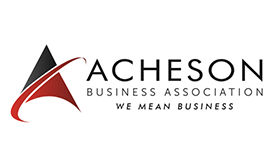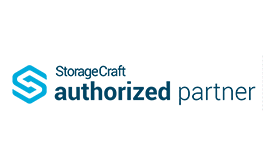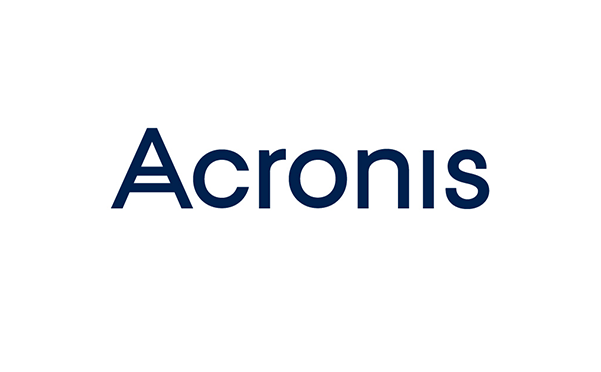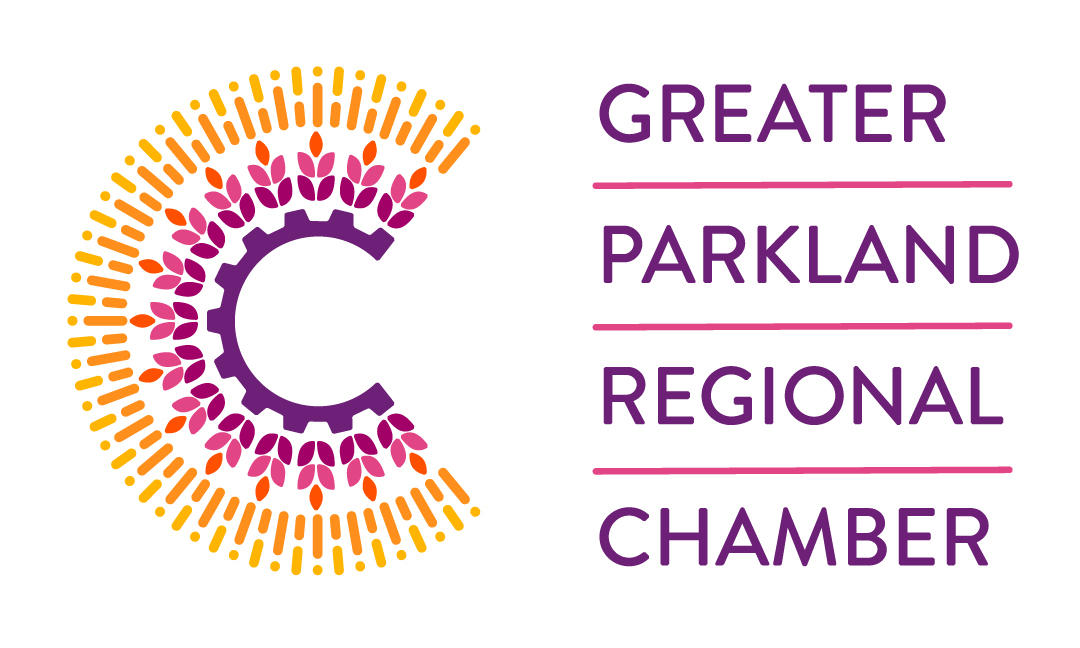
Managed Services vs Staff Augmentation: Choosing the Right Fit for Your Business
Businesses face ongoing challenges in scaling operations, handling IT needs, and filling talent gaps. Many organizations struggle to decide whether to build an in-house team, augment their staff, or outsource through managed services or staff augmentation.
80% of organizations report that their IT skills gap impacts at least one business area, with 41% indicating it affects staff productivity.
Kevin White, CEO of TRINUS notes that “Choosing the right outsourcing model isn’t just about cutting costs. It’s about gaining access to the right expertise when you need it.”
Having skilled IT professionals is essential for staying competitive and meeting customer demands. The decision between managed services and staff augmentation can be challenging, as businesses must weigh the benefits of flexibility and expertise against control and integration.
This guide breaks down both models, their benefits, drawbacks, and how to choose the right one for your business.
Enhance IT Efficiency with TRINUS Managed ServicesGet proactive IT management, enhanced security, and cost-effective solutions with TRINUS Managed IT Services. |
What is Staff Augmentation?
Staff augmentation helps businesses scale their workforce by adding skilled professionals on a temporary or long-term basis. These professionals integrate into existing teams to fill specific skill gaps without the costs of full-time hiring.
This model suits businesses that need flexibility. It allows companies to scale up or down based on project demands, ensuring they always have the right talent without long-term commitments.
Key Benefits of Staff Augmentation
- Flexible Scaling: You can add specialists for short-term or long-term projects without expanding your permanent team.
- Access to Specialized Talent: Find skilled professionals with niche expertise, reducing the time spent on recruitment.
- Lower Overhead Costs: No need for benefits, office space, or training, making it a cost-effective option.
- Retain Project Control: Your in-house team still leads, ensuring projects align with company goals and processes.
Potential Drawbacks of Staff Augmentation
- Ongoing Management Required: The business must still oversee the augmented staff to ensure efficiency.
- Limited Long-Term Value: If used for too long, it may become costlier than hiring full-time employees.
- Onboarding Needed: Even skilled professionals need time to integrate into company processes and workflows.
What Are Managed Services?
Managed services involve outsourcing entire functions, such as IT, cybersecurity, or cloud management, to a third-party provider. This model ensures experts handle specific business functions, reducing internal workload.
ClouSecureTech reports that managed services can reduce IT costs by 25% and boost operational efficiency by 50%. Companies use managed services to maintain efficiency and security while focusing on core business strategies. This model suits organizations needing long-term, ongoing support without managing day-to-day technical issues in-house.
Key Benefits of Managed Services
- Access to a Full Team of Experts: Managed service providers (MSPs) offer specialists across multiple domains.
- Predictable Costs: Fixed pricing models help businesses plan budgets without unexpected IT expenses.
- No Training or Onboarding Needed: The provider delivers solutions without requiring businesses to manage hiring or training.
- Enhanced Security & Compliance: Managed services help businesses adhere to security and compliance standards, reducing risks.
Potential Drawbacks of Managed Services
- Less Direct Control: Businesses must trust the provider to handle critical operations.
- Ongoing Costs: Unlike project-based solutions, managed services require a long-term financial commitment.
- Data Security Concerns: Businesses must ensure strong security agreements to protect sensitive information.
| More articles you might like: |
Staff Augmentation vs Managed Services: Which One Should You Choose?
Choosing between staff augmentation vs managed services depends on your business needs, project scope, and budget. Let’s compare key factors to help you decide.
Project Duration and Scope
- Staff augmentation fits businesses that need short-term support for specific tasks or projects.
- Managed services work well for companies requiring long-term, continuous support in specialized areas.
Cost Considerations
- Staff augmentation is cost-effective for short-term needs. Businesses only pay for specific expertise when needed.
- Managed services require consistent investment but provide greater efficiency and expertise over time.
Level of Control and Oversight
- Staff augmentation allows businesses to retain control over tasks and project management.
- Managed services shift responsibility to an external provider, reducing internal workload.
Security and Intellectual Property
- Staff augmentation keeps sensitive data in-house, minimizing security risks.
- Managed services require strict contracts to protect intellectual property and business data.
Making the Right Choice for Your Business
Choosing between managed services and staff augmentation depends on your business model, project demands, and long-term goals. Each approach serves a distinct purpose, so understanding when to use them is key to maximizing efficiency and cost-effectiveness.
When to Choose Staff Augmentation
Staff augmentation is ideal when you need to expand your workforce without long-term commitments.
Consider this model if:
- You need specialized talent for a short-term project: Hiring full-time employees for temporary needs can be costly. Augmented staff provides the necessary skills without the overhead.
- Your internal team can handle project management: Augmented professionals integrate into your workflow but still require oversight and direction.
- You want flexibility in hiring: If workloads fluctuate, staff augmentation allows you to scale up or down as needed.
- You need to retain control over execution: Unlike outsourcing, staff augmentation ensures you dictate the project’s progress, quality, and direction.
When to Choose Managed Services
Managed services are best for businesses looking for long-term solutions and ongoing support. This model works well when:
- You need a fully managed solution: It can be for IT, cybersecurity, or cloud services. A managed service provider (MSP) handles everything from maintenance to security, ensuring seamless operations.
- You want to reduce internal workload: Managed services help you fully focus on core business goals. Instead of managing IT tasks in-house, you can offload them to a trusted provider.
- You need predictable, ongoing support: Managed services provide continuous monitoring, regular updates, and proactive problem resolution.
- You want to control costs and eliminate hiring challenges: Instead of hiring multiple specialists, you can access a team of experts at a fixed cost. Research shows that hiring an MSP can reduce in-house costs by 40%.
Assessing your business needs helps you determine whether staff augmentation or managed services align better with your goals
Key Differences Between Staff Augmentation and Managed Services
When deciding between staff augmentation and managed services, it’s essential to understand the key differences that can impact your business. The table below outlines the main features of each model to help you make an informed decision:
| Feature | Staff Augmentation | Managed Services |
| Control | Full control over projects and workflows | Limited control, as providers manage tasks |
| Scalability | Short-term and project-based scaling | Long-term, continuous scaling |
| Cost Model | Pay per project or contract period | Fixed monthly or yearly fees |
| Expertise | Hired professionals fill skill gaps | Dedicated teams provide specialized services |
| Onboarding | Requires integration into existing teams | No onboarding needed |
Maximize IT Efficiency for Business Growth with TRINUS Managed IT Services
Your decision between staff augmentation vs managed services shapes your IT efficiency, security, and overall growth. While staff augmentation helps fill short-term gaps, managed services provide long-term stability, proactive support, and reduced operational strain.
Businesses looking for sustained IT success often find managed services to be the more strategic investment.
For 27+ years, TRINUS has been the trusted IT partner for 80+ organizations across various industries. With an average client engagement of 5-8 years, we provide reliable IT solutions that enhance security and operational efficiency.
| Reliable Managed IT Services Near You |
| Edmonton |
Our award-winning cybersecurity services and zero ransomware incidents reinforce our commitment to excellence.
Contact us today to explore our managed IT services and claim your Free Cybersecurity Assessment & Penetration Testing.


